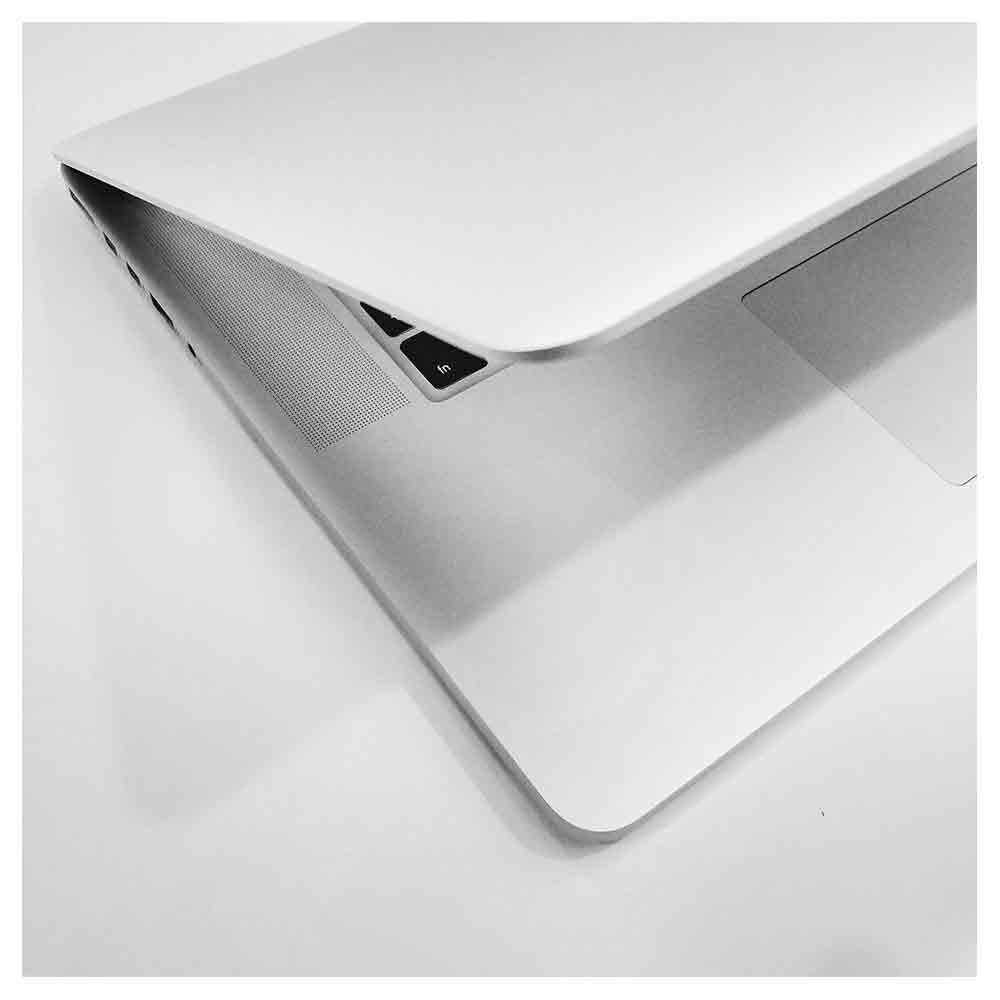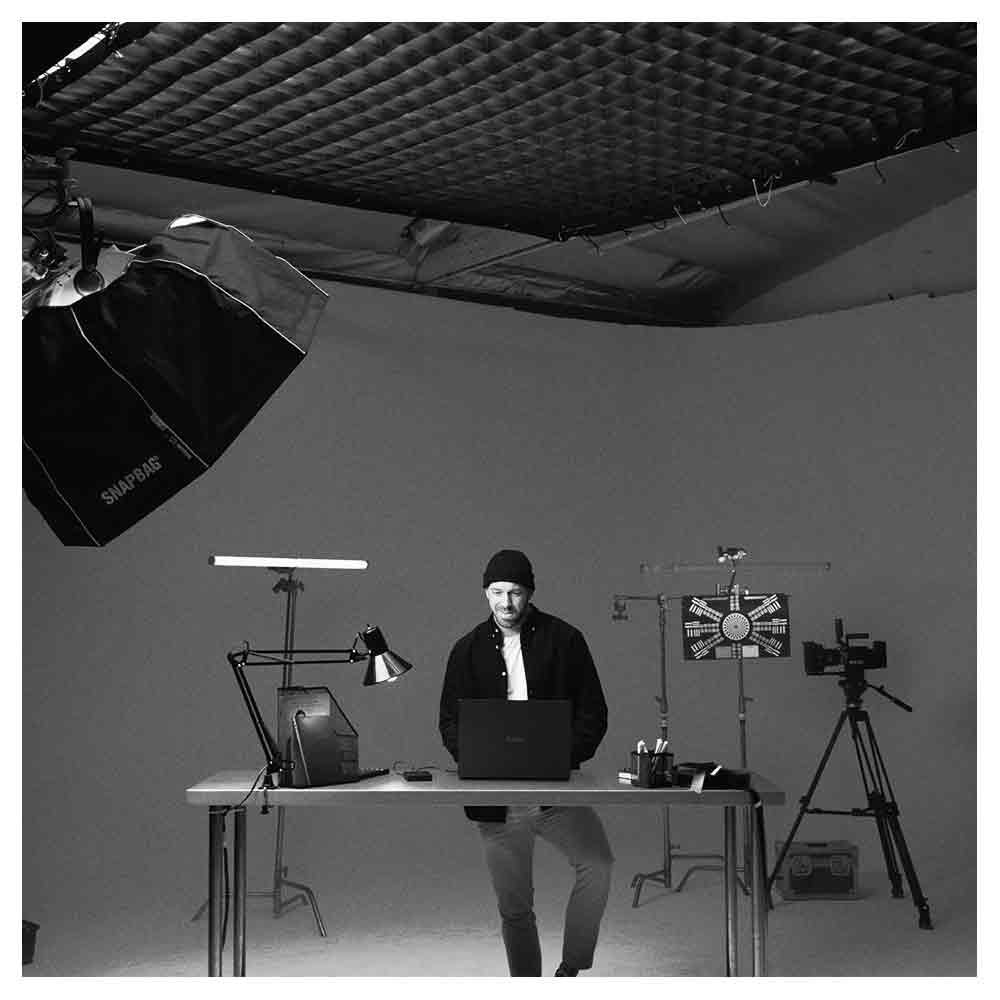The Creative Craft of A Script Treatment: A Comprehensive Guide
You've crafted an original story idea in your head, visualized the main characters, and outlined the plot points. Now what?
Here's where the script treatment comes into play. This important document, often ranging from 5–7 pages, acts as a bridge in your writing process, turning a mere concept into a well-structured narrative. But how do you write a script treatment?
In this article, we'll delve into all facets of this essential part of the screenwriting process.
What is a Script Treatment?
A script treatment, also known as a film treatment, screenplay treatment, or movie treatment, is a detailed written document that outlines your whole story. It usually includes key components such as character descriptions, the film's story, and key plot points.
Think of a script treatment as a short story version of your script. It can range in length from a one-page summary to a 15–30 page detailed synopsis. The length usually depends on the intended audience (such as development executives, production companies, or studio executives) and the complexity of your story.
The Importance of Script Treatments
Script treatments are an essential part of the development process, providing a clear roadmap for the actual writing process. They allow you to explore ideas, establish the tone of your story, and flesh out key characters before writing the full-length screenplay.
A well-crafted treatment is a useful tool for pitching your project to potential producers and for keeping you on track while writing. It's worth noting that some writers prefer to write a film treatment before a first draft, while others might draft a treatment after their initial spec script.
Key Elements of a Script Treatment
There are no hard and fast rules when it comes to the content and format of script treatments. However, the following elements are typically included:
One Sentence Summary: This is a concise, one-sentence encapsulation of your story idea.
Key Characters Summary: Introduce your main characters. Keep this section brief, focusing on the characters' roles, relationships, and unique traits.
Plot Points: Describe the story's progression. Make sure to detail each act, paying close attention to the climax and resolution.
Tone: Describe the atmosphere of your film. Is it a dark thriller or a light-hearted rom-com? Your treatment should reflect this.
Visual Elements: Although not mandatory, some writers like to include visual elements to help paint a vivid picture of the film.
Remember, the purpose of a treatment is to sell your story, so it should be engaging, clear, and compelling.
How to Write a Film Treatment
Step 1: Start Writing
Start writing your treatment in present tense, crafting it as if the film is playing out in real time. Write a captivating introduction that hooks the reader, then introduce your main characters and plot points in an engaging manner.
A good screenwriting software can simplify this process, helping you organize your thoughts and ensure your treatment follows the screenplay format.
Step 2: Develop Characters
The characters are the heart of your film, so invest time in creating detailed character descriptions. This involves more than their physical attributes. Dive into their motivations, conflicts, and arcs to make them feel real.
Step 3: Outline the Plot
Next, detail the events of your story in a logical, coherent manner. It's important to highlight major plot points and show how the characters change over the course of the film.
Step 4: Set the Tone
The tone of your treatment should match the tone of your film. If you're writing a comedy, infuse humor into your treatment. If it's a horror film, evoke a sense of dread and suspense.
Step 5: Edit and Polish
After you've completed your first draft, take time to revise and refine it. Ensure that it flows well, is free of errors, and effectively communicates your story.
Film Treatment Template
While there's no one-size-fits-all film treatment template, most treatments follow a similar structure:
Title: Your film's title.
Logline: A one-sentence summary of your film.
Synopsis: A brief overview of your story.
Characters: Descriptions of your main characters.
Act-by-Act Breakdown: A detailed description of each act and key plot points.
Using a template can help ensure you've covered all the necessary elements in your treatment.
Beyond the Treatment
After you've written a compelling treatment, the next step is to transition to the full-length screenplay. As you shift to the actual writing process, remember that your treatment is a guide, not a strict blueprint. Feel free to adjust and refine your story as you delve deeper into the screenplay.
The World Beyond Film
While most associated with film, treatments aren't limited to this medium. Television show treatments, for example, are essential tools for mapping out a TV show's plot and characters. Whether for a film, TV show, or even a web series, a robust treatment can lay the foundation for a compelling narrative.
Final Thoughts
Script treatments are a crucial step in the writing process, helping screenwriters transform their ideas into effective narratives. As a writer, remember that every treatment you write refines your craft, bringing you closer to the final draft of your screenplay.
Always keep in mind, there aren't any hard and fast rules. Every writer has their unique approach to their craft. Some writers find treatments immensely helpful, while others might feel constrained by them. The key is to use them in a way that best supports your creative process.
So grab your screenwriting software, start writing, and let your ideas flow. And remember, as famed filmmaker James Cameron once said, "There are many talented people who haven't fulfilled their dreams because they over thought it, or they were too cautious, and were unwilling to make the leap of faith."
Don't let that be you. Take the leap, write your treatment, and embark on your screenwriting journey.
Frequently Asked Questions About Script Treatments
Why is a script treatment important?
Script treatments are crucial because they provide a roadmap for the screenplay. They allow writers to explore ideas, establish tone, and flesh out characters. Also, they are often used as a pitching tool to attract potential producers or other stakeholders.
How long should a script treatment be?
There are no hard and fast rules about the length of a script treatment. However, most treatments typically range from 5–7 pages to 15–30 pages, depending on the complexity of the story and the intended audience.
Do all screenwriters write treatments?
While many screenwriters find treatments beneficial in organizing their thoughts and developing their story, not all writers use them. Some writers prefer to dive straight into the screenplay, especially if they have a clear vision of their story.
What should a script treatment include?
A script treatment should include a one-sentence summary of the story, key characters summary, plot points, and a tone description. Some writers also choose to include visual elements or themes.
How is a film treatment different from a screenplay?
A film treatment is a narrative description of the story and is written in prose form. On the other hand, a screenplay is a structured document that includes dialogue, scene descriptions, and specific technical directions.
Can I use screenwriting software to write a treatment?
Yes, many writers use screenwriting software to write treatments. These tools often include helpful features to organize your ideas and ensure your treatment is formatted correctly.
What are some examples of good script treatments?
One notable example of a script treatment is James Cameron's treatment for "Titanic". This treatment provides a vivid and comprehensive description of the story, characters, and tone, making it an excellent study material for aspiring screenwriters.
What is a TV show treatment?
A TV show treatment is similar to a film treatment, but it outlines the plot and characters for a television show. It may also include information about potential future episodes and the overall arc of the series.
Do I have to write a treatment?
While writing a treatment is often recommended, it's not mandatory. Some screenwriters start with a spec script or a simple outline. The key is to find a process that works best for you and your writing style.
































